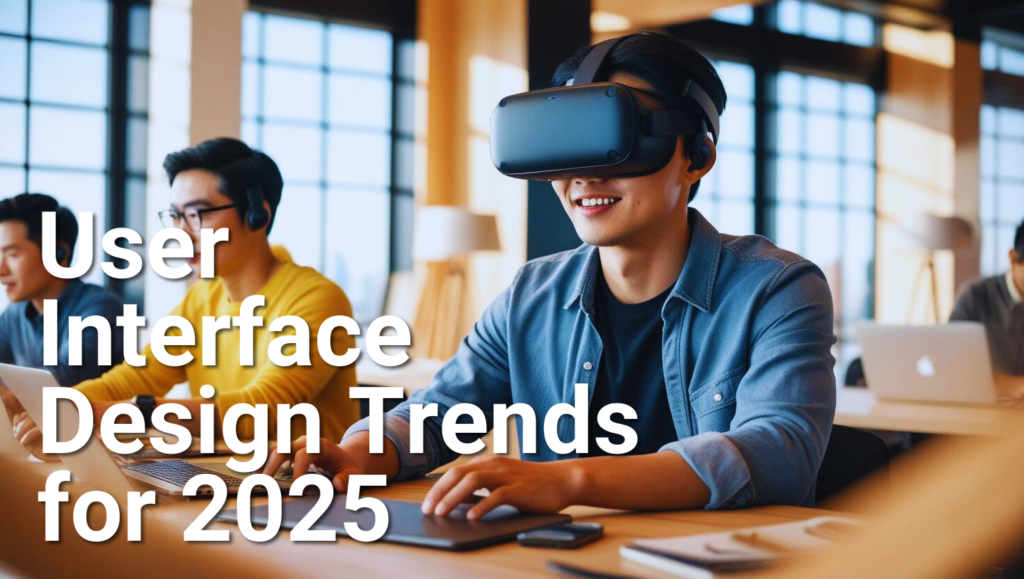
User Interface Trends to Look Out for in 2025
In 2025, user interfaces (UI) will be more intuitive, immersive and personalized than ever before. From AI-driven design to seamless cross-platform experiences, here are some of the key UI trends to watch for.
AI-Powered Personalization
Personalized user experiences will be taken to the next level, thanks to advances in artificial intelligence (AI) and machine learning. AI will not only tailor content to individual preferences but also adjust the layout, design and interactions based on the user’s behavior, context and needs. UIs will adapt dynamically and show different options, themes or content depending on factors like time of day, location and past interactions.
For example, an ecommerce experience might display a user’s favorite products on the homepage or suggest new items based on their browsing or purchase history, while an app for fitness tracking could modify the dashboard based on a user’s activity earlier that day.
Voice and Gesture Interfaces
Voice commands and gesture-based interactions will become more mainstream, as natural language processing (NLP) and computer vision technologies continue to improve. Voice interfaces will no longer be limited to basic tasks like setting reminders or playing music. Users will be able to engage with apps and devices using more complex voice commands, allowing for hands-free and efficient interactions.
Gesture interfaces will also play a larger role, especially with the rise of wearable devices and smart home technology. Whether it’s swiping in the air to control a smart appliance or using a hand gesture to navigate through a virtual interface, expect UIs to be less about touchscreens and more about intuitive, natural movements.
Immersive UI with AR/VR
Augmented Reality (AR) and Virtual Reality (VR) are set to push the boundaries of how we experience digital environments. Immersive UIs are becoming commonplace, blending the digital world with the physical one. Through AR glasses or VR headsets, users will continue to interact with 3D interfaces and holographic elements. For example, a designer might manipulate 3D models in AR, or users could shop for products in a virtual store without leaving their home.
Expect AR-driven navigation in apps, where users can point their phones at objects or locations to get contextual information, or VR experiences that allow for more interactive and engaging UIs in games and simulations.
Minimalistic and Hyper-Functional Design
Simplicity will continue to dominate UI design, but with a more refined focus on functionality. We’ll see UIs that prioritize clarity and ease of use without unnecessary clutter. Minimalism will extend beyond just aesthetics and designs will be intuitive, making it easy for users to accomplish tasks with fewer steps and less friction.
But this doesn’t mean UIs will be boring or devoid of creativity. Sleek, high-quality visuals with smart use of animations and micro-interactions will take center stage.
Cross-Platform Consistency
As more users interact with websites and apps across multiple devices like smartphones, tablets, wearables, desktops and smart TVs, cross-platform consistency will be crucial. UIs will evolve to ensure seamless transitions across platforms, so users can pick up where they left off, regardless of the device they’re using. Whether it’s syncing preferences, saving data, or maintaining user history, UI design will need to create a unified experience across all touch points.
Conclusion
The future of user interfaces in 2025 is incredibly exciting. With advancements in AI, voice and gesture control, immersive technologies and a stronger emphasis on simplicity, UIs have the potential to become more intuitive, adaptive and user-centric. As these trends unfold, we hope the digital landscape is not only more functional but also more enjoyable and accessible for everyone.